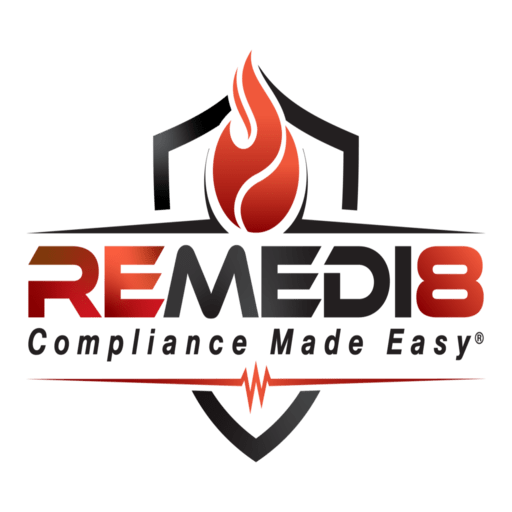Whether it is a Centers for Medicare and Medicaid Services (CMS) Life Safety audit, an annual HFPA (Health Care Facilities Accreditation Program) Quality Review, a Joint Commission Accreditation Survey, a Fire Marshall Inspection, or an assessment by one of many other Agencies Having Jurisdiction (AHJ) one issue that invariably arises relates to fire door deficiencies. In fact, in 2016 the NFPA identified door and door frames as the fourth most common deficiency of Life Safety audits. Door and door frame issues also cropped up regularly in the Health Care Facilities Accreditation (HCFA) Program surveys, and, despite a renewed focus on compliance, continue to be the bane of health care facility managers.
We asked Jaye Sieland, the Co-Founder of Barrier Compliance Services, why fire door and door frames continue to pose such a compliance challenge.
“There are many reasons that door and door frames invariably appear on the list of deficiencies during health care facilities audits. To begin, the standards applicable to door and door frames are numerous, complex, and sometimes confusing.”
Several standards apply to Fire Doors and Smoke Doors. The principal standards appear in the National Fire Protection Agency (NFPA) 80 entitled, Standards for Fire Doors and Other Opening Protectives. These standards are the bedrock of the Life Safety requirements, but additional requirements appear in the International Building Code (IBC), the International Fire Code (IFC), and the Life Safety Code™ (NFPA 101). Standards for smoke door assemblies are separate and appear in NFPA 105, entitled Standards for Installation of Smoke Door Assemblies and Other Opening Protectives.
“Secondly, the standards are somewhat complex. Fire door assemblies have designated resistance ratings and, require carefully engineered mechanisms to provide latching. Additionally, smoke doors have separate requirements that may include gasketing. There are additional standards for protection plates and hinges. These requirements, along with labeling mandates, and special rules for fire door repairs, challenge even the most capable engineering and maintenance staff.”
Sieland further offered, “To make matters even more difficult, the recordkeeping burden is significant. “ As part of the 2018 revisions to NFPA standards, an eleven-point checklist was established. This new recordkeeping requirement increases the time needed by hospital building and maintenance staff who must perform the inspections. The visual and operational inspections must be coupled with accurate and timely recordkeeping to avoid compliance deficiencies.
Hospital staff must assure:
- No open holes or breaks are present on the surface
- All glazing is intact and in place
- The doors, door frames, and hardware are secured and functional
- Door clearances fall within the required specifications
- No parts are missing or broken
- Self-closing devices and latching hardware work as designed
Sieland expanded upon the facility manager’s challenges in keeping the fire doors in compliance. “Hospital maintenance staff may attempt to repair the fire doors without a full understanding of the fire door standards. Holes in fire doors, for example, must be repaired by installing steel fasteners that adequately fill the holes or filling the screw or bolt holes with the same material as the door or frame. Labels that must be visible cannot be painted over. Fire door gaps between the door and frame must meet strict tolerances, usually less than 3mm. The maintenance challenge is exacerbated by the constant use of the fire doors as hospital personnel routinely pushcarts and equipment through fire doors, increasing wear and tear.”
Sieland’s recommendation, “Sole sourcing of the construction, repairs, and compliance auditing allows for the facilities to be assured of compliance in the first instance. If it has been built to achieve the standards, then at least the facility managers know that with properly trained maintenance personnel, compliance problems should be minimized.” One final advantage of sole sourcing Sieland offered, “ The CMS and other accreditation groups work with those of us in the Life Safety field to continually reduce the risk of fire at these critical facilities. That gives us some insight into what the next iteration of requirements will be, allowing our customers to build for the future not just for the next audit.”
REMEDI8 provides complete turnkey services including inspections, documentation, reporting, repairs, complete facility remediation, and training. Whether you’re looking for assistance with your door maintenance program or want our complete line of services, we’ll customize a solution that fits your unique needs. Schedule a call with us today to get started.



